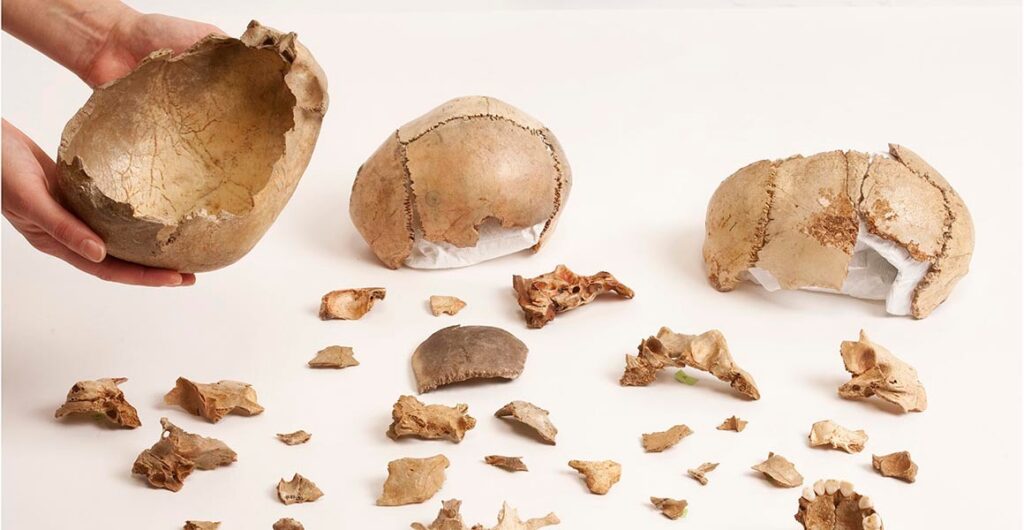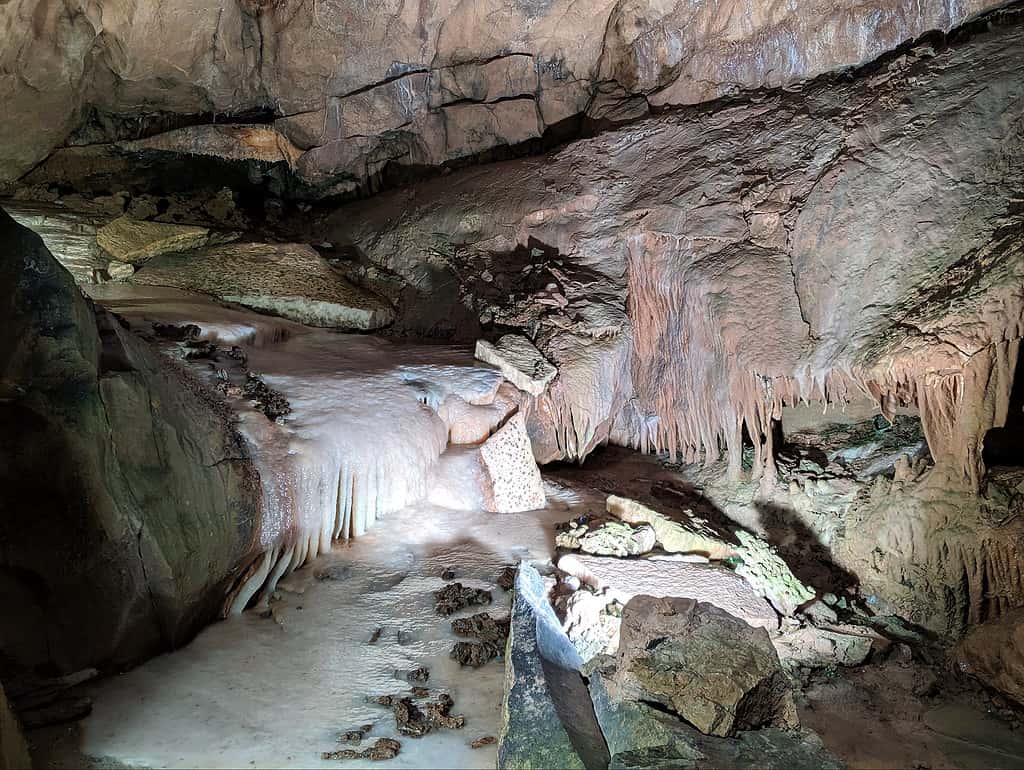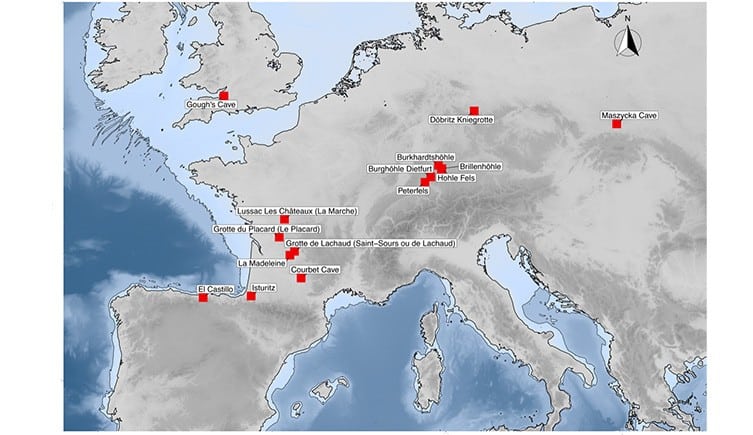Human groups living about 15,000 years ago in Europe were eating their dead. Often. They did this not because of necessity but instead as part of their culture, a shocking new study claims. Researchers found remains of human bones with cut marks, breaks, and human chewing marks, all of which suggest our ancestors were consuming their community’s remains during rituals.

Researchers had previously discovered human skulls repurposed as drinking cups at Gough’s Cave, a Paleolithic site in southeastern England. Initially thought to be an isolated event, additional human remains from the same period have shown signs of cannibalism. These remains are attributed to the Magdalenian culture.
“Instead of burying their dead, these people were eating them,” Silvia Bello, study author, said in news a release. “We interpret the evidence that cannibalism was practiced on multiple occasions across north-western Europe over a short period of time, as this practice was part of a diffuse funerary behavior among Magdalenian groups.”
This act of consuming the dead was surprisingly prevalent among the Magdalenian inhabitants of northwestern Europe, but it was short-lived. Subsequently, a shift towards the burial of the deceased emerged, a practice linked to another cultural group, the Epigravettian. This shift raises questions about whether the Magdalenian people were supplanted by another population or simply evolved in their customs.
A strange funerary behavior
During the late Upper Paleolithic period — roughly from 23,000 to 14,000 years ago — two major cultures were dominant across much of Europe. The Epigravettian culture in the southern and eastern regions, with more conventional burial practices by today’s standards, and the Magdalenian in north-western Europe, with a distinctive approach.

The Magdalenian removed the flesh of the deceased, ate it, and in some cases modified the bones to craft new objects. But it wasn’t clear whether this cannibalism was because of necessity, for example, food being scarce, or whether it was a cultural thing. Evidence had already suggested that the eating of the bodies might have been something more ritualistic.
In their study, the researchers reviewed all the archaeological sites attributed to both cultures. They found 59 sites across Europe with human remains, of which 13 had evidence of cannibalism, 10 of burial, and two of both. The practice of eating the dead was localized, found especially at sites across western and central Europe and the UK.
“The fact that we find cannibalism being practiced often on multiple occasions over a short period of time, in a fairly localized area and solely by individuals attributed to the Magdalenian culture, means we believe this behaviour was one that was performed widely by the Magdalenian,” Willian March, a study author, said in a news release.
Changing funerary practices
Building on this, the researchers were able to look at whether any genetic analysis had been done on the human remains from these sites. This would allow them to see if there were any links between the groups participating in different funerary behaviors. The genetic evidence suggests that the two groups practicing different behaviors were genetically distinct.

All the sites from which evidence of cannibalism was found showed that the people were part of a genetic group called “GoyetQ2,” while the ordinary burials were of people who belonged to the “Villabruna” group. The first group lived on the French-Spanish border, while the 2nd one lived in the Italian-Balkan region, the study showed.
“During the terminal period of the Palaeolithic, you actually see a turnover in both genetic ancestry and funerary behaviour,” William said in a news release. “The Magdalenian associated ancestry and funerary behaviour is replaced by Epigravettian associated ancestry and funerary behaviour, indicative of population replacement.”
The change in funerary behavior is an example of one population coming in and replacing the other, William said. While the study provides valuable insight into the funerary practices of ancient humans, many questions remain. For example, the researchers want to know whether the cannibalized humans were related to one another.
The study was published in the journal Quaternary Science Reviews.









